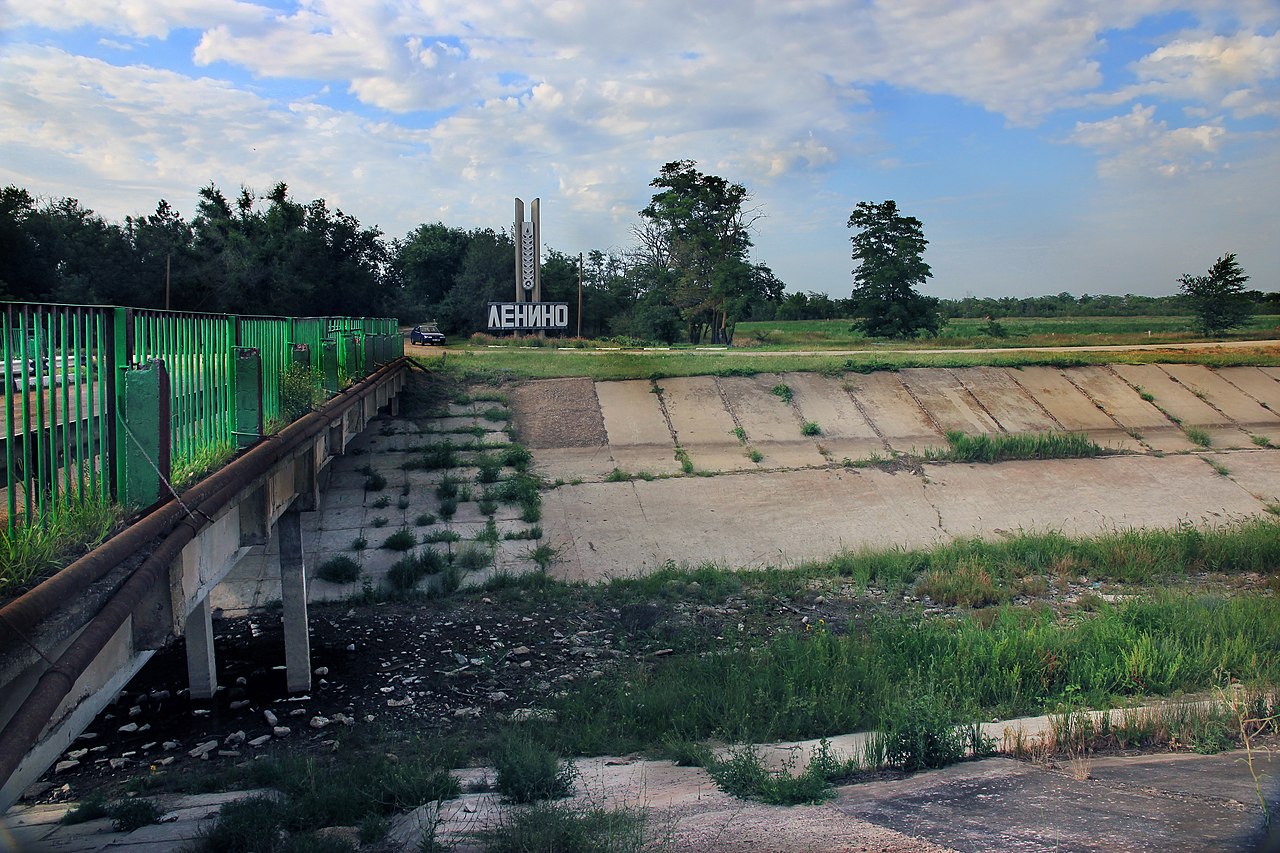

Let’s talk about water. Of course, water is the source of life, we mainly consist of water and we all know water’s brighter and darker sides. We know the feeling of a good shower after a long day, but we also know the threat of a heavy precipitation. We know about climate change and we heard about its resulting scarcity of drinkable water. We may have heard about some conflicts regarding water but we don’t know about their full extent explicitly during a full-scale war.
The full-scale war in Ukraine seems to be like one would imagine a war. One side, Russia, is attacking Ukraine without regard for its people in order to extend their territories. Ukraine fights back. What is missing from this description are the indirect consequences of this full-scale attack. Russia’s attacks on Ukraine’s infrastructure, especially the water system, can cause much more damage than direct violence. For example, children are 20 times more likely to die in conflict areas from the consequences of drinking unclean water than in a direct conflict.
In order to monitor these water conflicts not only in Ukraine but worldwide, the Pacific Institute created the Water Conflict Chronology. This worldwide list categorises water conflicts into three forms of categories trigger, weapon and casualty.
Whereas the category trigger describes that water is the cause of a conflict, the categories weapon or casualty are the results of an ongoing conflict. If water is used to limit or hurt an enemy, it’s used as a weapon and if in a conflict by purpose or accident water resources or the water system is hit then water becomes a casualty.
These categories are quite rough and can’t sort every water conflict explicitly. There are cases that are easy to categorize and some which are a mix of all of these factors.
As the Russian troops were moving forward to the city of Kyiv, the citizens of Demydiv, a village north of the capital, flooded their village in order to prevent Russian troops from invading. Here, water was used as a weapon against Russian aggression.
In Mariupol though, with the beginning of the full-scale war in February, the water infrastructure was either purposely destroyed or cut off by the Russian military, resulting in a big water distress in the city with the goal of conquest. The water infrastructure was deliberately destroyed to harm the people of Mariupol, which in addition to that resulted in a Cholera outbreak this June. Water was thus initially used as a weapon with harsh consequences but also became a casualty through the destruction of the water system.
This leads us to the most crucial water conflict in Russia’s and Ukraine’s relationship: the North Crimea Canal. Crimea’s access to water has always been critical. The construction of the North Crimea Canal by the Soviet Union in the 1960s connected the water resources of Ukraine with the peninsula of Crimea, solving the problem at first. Agriculture and tourism could be served with enough water resources and were booming. With the annexation of Crimea by Russia in the year 2014, Ukraine cut off the water supply by blocking the Canal with a dam and consequently reducing Crimea’s water supply by 85%.
The Crimean Tatars, an indigenous ethnic group of Crimea opposing the Russians, even placed camps next to the dam to ensure the continuation of the water blockade.

Shown is a section of the North Crimean Canal in 2014 close to the city of Lenine. No more water flows through. (Taken from Wikipedia)

Shown here is the course of the North Crimean Canal on a map. (Taken from Wikipedia)
Since the annexation of Crimea, the water conflicts between Russia and Ukraine are steadily increasing. The purpose of water as an act of violence, as a weapon or as a casualty, multiplies with time. Water supplies and facilities have been attacked by separatists in the Donetsk region but also in several other regions in the East of Ukraine over the years. In 2018, approximately 230 people in Makiivka, a city in the Donetsk region, were poisoned by contaminated water, the perpetrator is still unknown. Russia even goes so far as to accuse Ukraine before the European Court of Human Rights of committing adverse human rights violations against the people of Crimea.
Russia fulfilled its longstanding desire to play a role in the Black Sea trading scene with the annexation of Crimea. The collapse of agriculture due to insufficient access to fresh water has put a damper on this plan.
One may now ask whether the water conflicts around Crimea were one of the triggers for Russia to start the full-scale war in Ukraine in February. It is well known though that one of the first illegal acts Russia started after its invasion of Ukraine was the destruction of the dam and the securing of the water supply to Crimea.
Summing up the number of recorded worldwide water conflicts by the Pacific Institute shows that water conflicts increased since 2000 by more than four times. Water is the existential good without which life is not possible. And when it comes to maintaining one’s existence, conflicts are always triggered.
Written by Katharina Bews.
Translated into Ukrainian by Anna Proskurina and into German by Katharina Bews.
Used Material:
- “Russia has achieved at least 1 of its war goals: return Ukraine’s water to Crimea“, an article by Jason Beaubien, heard on Weekend Edition Sunday (13.06.2022)
- “They Flooded Their Own Village, and Kept the Russians at Bay”, an article from New York Times by Andrew E. Kramer (27.04.2022)
- “Crimea ‘water war’ opens new front in Russia-Ukraine conflict”, an article from Financial Times by Roman Olearchyk in Kalanchak and Max Seddon in Moscow (29.07.2021)
- “War in Ukraine Lengthens List of Violent Acts over Water”, an article from circle of blue by Brett Walton (17.03.2022)

